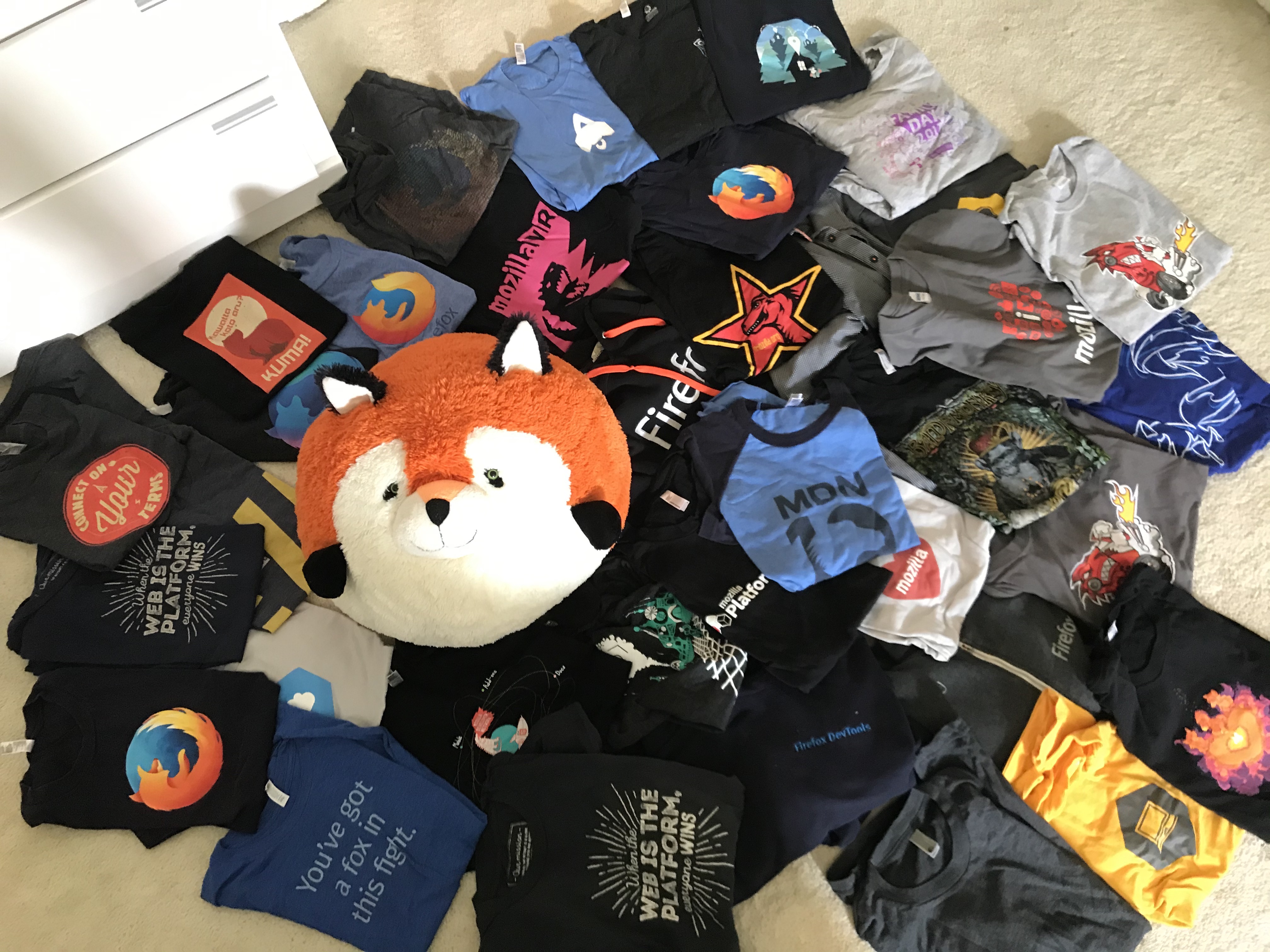Update jQuery UI Widget Options
We're all used to passing options when instantiating an object, whether it be JavaScript or any other language. Whether or not you can update those options later is usually up to the framework, and somehow many wont let you update them once they've been passed in. Depending on how the initialization of the object is done, sometimes that makes sense, but in most cases you should be able to update an option at any given time.
I recently needed to update a jQuery UI widget option and here's how you update any given option:
this.$editor.inlineEditor('option', 'forceOpen', true);
jQuery UI is mostly a legacy technology these days so I'm mostly passing this tip on for those having to maintain old code. This does teach a good lesson: always provide a method for modifying initial options, even if you don't foresee a reason to do so!
![39 Shirts – Leaving Mozilla]()
In 2001 I had just graduated from a small town high school and headed off to a small town college. I found myself in the quaint computer lab where the substandard computers featured two browsers: Internet Explorer and Mozilla. It was this lab where I fell...
![Detect DOM Node Insertions with JavaScript and CSS Animations]()
I work with an awesome cast of developers at Mozilla, and one of them in Daniel Buchner. Daniel's shared with me an awesome strategy for detecting when nodes have been injected into a parent node without using the deprecated DOM Events API.
![Editable Content Using MooTools 1.2, PHP, and MySQL]()
Everybody and their aerobics instructor wants to be able to edit their own website these days. And why wouldn't they? I mean, they have a $500 budget, no HTML/CSS experience, and extraordinary expectations. Enough ranting though. Having a website that allows for...
![MooTools Zebra Tables Plugin]()
Tabular data can oftentimes be boring, but it doesn't need to look that way! With a small MooTools class, I can make tabular data extremely easy to read by implementing "zebra" tables -- tables with alternating row background colors.
The CSS
The above CSS is extremely basic.




